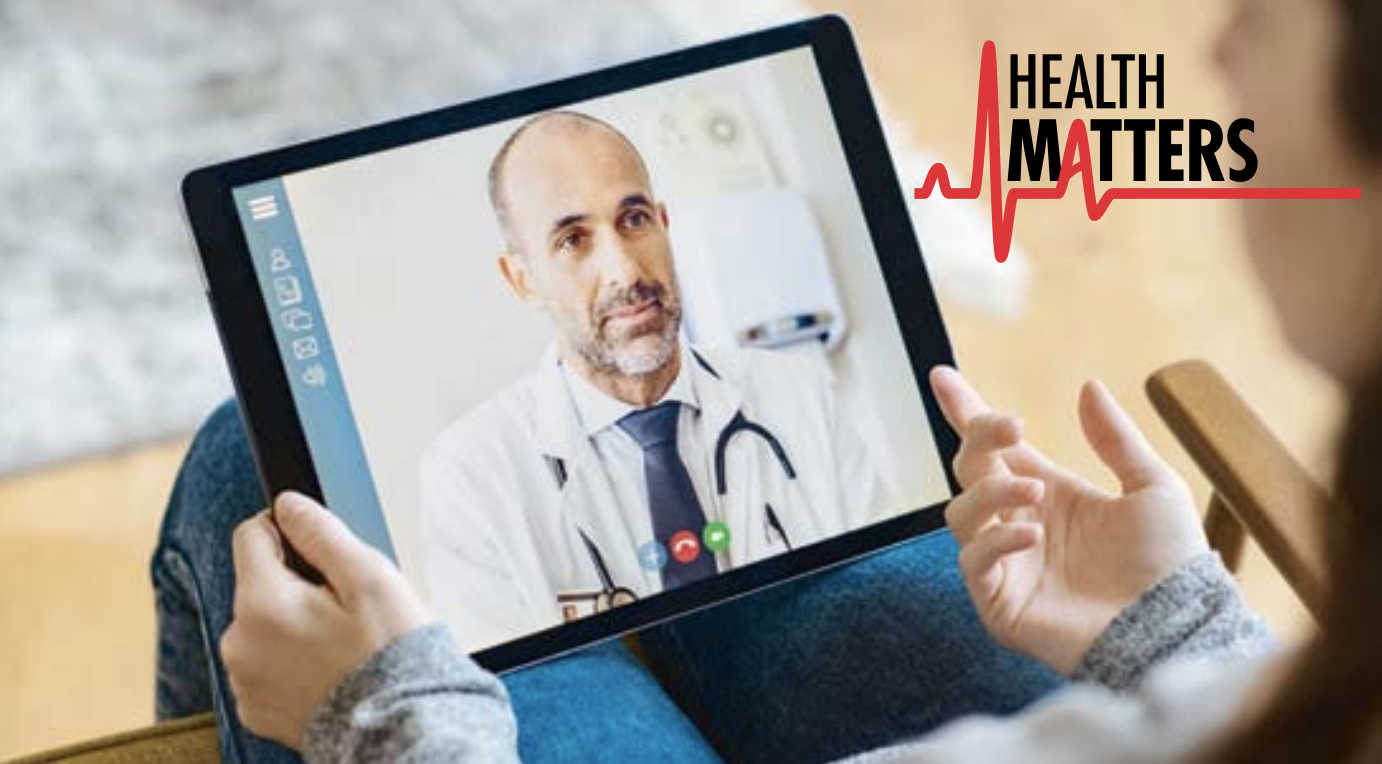
We often underestimate people’s ability to change or adapt.
‘Telehealth’ is a good example. Telehealth is consulting with your health professional in a video call or over the phone, rather than in person. This time last year, it was something few of us had ever done. Then suddenly, the spread of COVID-19 meant we had to come up with ways to ensure everyone could still access health care safely.
Telehealth was an obvious solution, but there were fears that many people wouldn’t use it – either because they didn’t have the skills or equipment needed, or because they wouldn’t feel comfortable talking to their doctor through a screen.
But local GPs have told us this has not really been the case. Many older people can manage an iPad and interact via video call – it’s how they’ve been keeping in touch with far-flung friends and family even before the pandemic. Those who speak languages other than English have also been able to have a video conference with both their doctor and an interpreter.
People from all walks of life have adapted quickly, relieved to have an option that meant they didn’t need to leave home and risk catching the virus. But now that risk has shrunk, what have we learned about the benefits of telehealth generally?
The doctors we support say it helps more people to access health care. This includes people whose work hours make it hard to get a regular appointment, people who might struggle to transport themselves to and from the doctors, and people who are unwilling or reluctant to go to an appointment in-person.
It’s not just for GPs. Some of the mental Telehealth here to stay health and alcohol and other drug services we fund say more clients turn up for their appointments by video or phone, and speak more freely than they would in person.
Having a telehealth option can also mean people are more likely to continue seeing their doctor, meaning they will be cared for in a more regular, consistent way. This is especially important if you have a chronic condition such as diabetes, or a mental health condition.
Finally, for doctors, telehealth has helped to streamline many things, such as pushing back appointments if running late. It can also reduce costs, freeing them up to offer more services and appointments, and to spend more time following up with patients.
Yet telehealth is not always the best way to consult with your doctor. Much can be picked up by sight in a video call, but in many cases your doctor will still need to physically examine you.
Fortunately, GPs and practice staff quickly brought in strict cleaning and infection control at the start of the pandemic, making sure visiting a general practice was as safe as possible. It is always OK to see your GP, whether it is in person or via telehealth.
COVID-19 made telehealth a sudden necessity, but it certainly won’t disappear once the virus does. The federal government has announced it will be a permanent part of the health system.
We’ll be here to support doctors and other health professionals, so more people in our community can keep getting the best quality care.
This article first appeared in the Star Weekly newspaper on 12 January.




